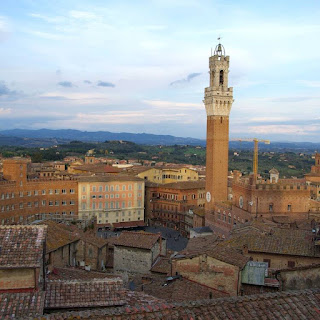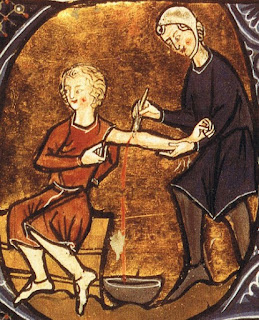On the other hand, desire for objects of veneration was so strong that it certainly led itself to scams. If all the slivers of the "true Cross" were assembled, you could build a boat.* For example, there are six images extant that claim to be the Veil.
In 1354, the knight Geoffroi de Charnay of Lirey in France declared that he possessed the linen cloth in which the body of Jesus was wrapped after being taken from the Cross. This begins the official history of the Shroud of Turin. There is no record of how it came into his possession. It went on exhibit in 1389, whereupon it was denounced by the Bishop of Troyes, who claimed it was painted and claimed the artist who painted it had come forth and confessed.
One would expect that the Church would be glad to have something like this object come to light, but Antipope Clement VII (1378-94) also did not support its authenticity, although he was okay with it being venerated as a representation of the actual burial cloth. de Charnay's granddaughter Marguerite in 1453 gave it to the house of Savoy, who moved it to Turin, Italy in 1578. It stayed in possession of the Savoy dynasty until 1983, when it was given to the Catholic Church after the death of Umberto II, the head of the House of Savoy (and last official King of Italy; his title ended 12 June 1946).
The original is rarely brought out for viewing by the public. Pope John Paul II arranged public viewings in 1998 and 2000; Pope Benedict XVI did the same in 2010. A replica is on display in the Museum of the Shroud in Turin. Tests and examinations over the years have produced different conclusions as to its age. There is a website devoted to shroud news.
But what do we know of Geoffroi de Charnay? Is there anything in his background that would support having such an artifact come into his possession? Let's talk about him tomorrow.
*Yes, this is hyperbole.



